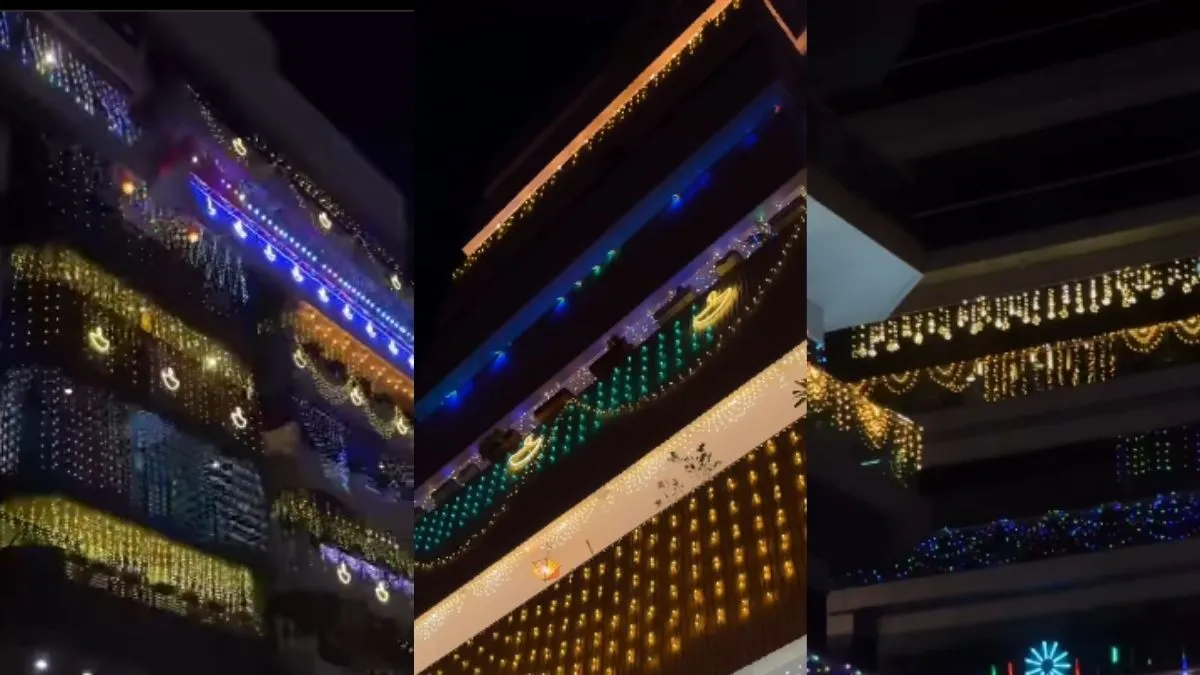With the overall situation showing signs of improvement and better days ahead, it was time to break free and head for the great outdoors and wide open spaces; to follow the sun and good times – at the Nawabganj Bird Sanctuary
PRAVASISAMWAD.COM
The Shahid Chandra Shekhar Azad Bird Sanctuary, better known as the Nawabganj Bird Sanctuary, is a wetland among many in North India that is a refuge and haven for 250 species of migratory birds.
The endless and restrictive confinement brought on by the unsparing Covid pandemic, had left most of us city folks weary and listless, completely drained, physically, mentally and emotionally.

On top of that, the uncertainty of life and the proximity of death everywhere and all around, only seemed to add to an already miserable and hopeless situation.
But with the overall situation showing signs of improvement and better days ahead, it was time to break free and head for the great outdoors and wide open spaces; to follow the sun and good times – unrestrained at last, like a summer breeze. And what better place to let go and unwind than the Nawabganj Bird Sanctuary, literally a paradise next door.

Located just 45 kms away on the Lucknow-Kanpur highway in Unnao district, Nawabganj proved to be perfect spot, so close and yet ‘so far away’, a delightfully charming wilderness in the heart of an ever-expanding urban jungle. It is one of the many wetlands of north India, that is a refuge and haven to 250 species of migratory birds mostly from CIS (or formerly USSR) countries..
Once everything was decided and settled, it didn’t take us – my daughter Divya, son-in law Anurag, my hubby Vijay and myself – to pack our stuff, bundle ourselves into the car and hit the highway, full speed ahead
We decided to check in at a luxury hotel around 10 km before the sanctuary. By now the excitement on Saturday evening was all too palpable and we couldn’t wait for Sunday morning to arrive for some adventures in the wilderness of Nawabganj..
Since the weather was still warm and summery, the prospects of spotting most of the winged populace, both residents and visiting guests, seemed bleak. So we prayed hard for some rain, that would probably bring some of the winged denizen out into the open, from their cool and reclusive spots of shady retreat.
Happily, the gods were kind and our prayers were answered. The next day was heavily overcast with dark clouds and a light drizzle too, for good measure.
The local avian population majorly comprises residential birds like the sarus crane, painted stork, peafowl, white ibis, dabchick, whistling teal, open-bill stork, white-necked stork, pheasant-tailed jacana, bronze winged jacana, purple moorhen, lapwing, tern, vulture, pigeon, king crow, Indian roller and bee-eater.
We would have to keep our fingers crossed and hope that at least some of them would show up and reward us with a perfect day.
So we took off in the morning from the hotel, enjoying the beautiful weather and within 20 minutes or so we were inside the sanctuary, to enjoy the lake and the surrounding environment.

As we sipped our coffee together with some snacks at the guest house canteen, the waiter informed us that rooms were also available on the premises. Nothing could’ve been better than this; we found ourselves already planning our next visit in the winters when the migratory birds fly in.
Over the years, their numbers have dwindled and many of the winged visitors have relocated to newer areas in Himachal and Rajasthan. The birds fly in across the Himalayas from Tibet, China, Europe and Siberia, flying over 5000 km and above 8500 meters to reach here. The birds include greylag goose, pintail, cotton teal, red-crested pochard, gadwall, shoveller, coot and mallard.
So we took off in the morning from the hotel, enjoying the beautiful weather and within 20 minutes or so we were inside the sanctuary, to enjoy the lake and the surrounding environment.
We stepped out first to explore the children’s park, a patch of green skirted by flowering plants. From here began our encounter with monkeys, who perhaps looked at us as intruders in their habitat. Once out of here we drove straight to the office for tickets.
Everything added up to an amazing experience – the weather, the greenery and the beautifully planned and tended walking areas in the midst of thick foliage and the green abundance of mango trees and the Amaltas or Laburnum trees, with their sunny yellow blossoms.
But in the midst of all this, we also had to keep a sharp lookout for dangerous reptiles like cobra, viper, krait, ratsnake and water snakes, which are common out here. The monkey proved to be a regular nuisance, too, as they kept popping up out of nowhere, every now and then.
Soon we came in sight of a watchtower that allows visitors to have a panoramic view of Nature in its full breathtaking regalia. We revelled at the amazing sight of the huge lake, completely clothed with lotuses in full bloom.
Divya and Anurag decided to climb to the top of the watchtower for an even better view. They called out to tell us they could see a small island patch in the middle of the lake, filled with trees where some birds could be spotted. But nothing could beat the sight of the huge expanse of lotuses across the lake.
While we were still in the midst of this idyllic experience, a monkey decided to climb up the watchtower and play spoilsport. Each time the two (Divya and Anurag), made an attempt to come down, the monkey would bare its teeth menacingly in a threatening posture.
It was only after a good ten minutes of cajoling and shouting, that our simian friend decided to come down. Naturally, we all heaved a sigh of relief. For the rest of our excursion, we decided to arm ourselves with sticks, to be on the safe side. At the same time we couldn’t help laughing at that escapade.
We resumed our walk enjoying the small patches created by the authorities and sat on the rudimentary wooden benches for photo ops as the background looked exotic with a variety of greens. And all this while Anurag was busy zooming in to click the insects on the ground, particularly dragon flies.
Even though our smart watches and smarter phones told us we had each walked approx 9,000 steps, none of us were panting for breath.


We skipped a visit to the deer park as our stomachs were growling for food as we headed for a really late lunch. A dhaba or roadside eatery, was our obvious choice to savour the local fare of lentils and veggies and what a treat it was.
On our drive back we were elated to find farm fresh veggies, not usually available in the city, being sold along the roadside. For the rest of the ride, we all lapsed into a reverie, thinking of what we’d would do on our next visit, particularly during the winter months when the birds fly in.
************************************************************************
Readers
These are extraordinary times. All of us have to rely on high-impact, trustworthy journalism. And this is especially true of the Indian Diaspora. Members of the Indian community overseas cannot be fed with inaccurate news.
Pravasi Samwad is a venture that has no shareholders. It is the result of an impassioned initiative of a handful of Indian journalists spread around the world. We have taken the small step forward with the pledge to provide news with accuracy, free from political and commercial influence. Our aim is to keep you, our readers, informed about developments at ‘home’ and across the world that affect you.
Please help us to keep our journalism independent and free.
In these difficult times, to run a news website requires finances. While every contribution, big or small, will makes a difference, we request our readers to put us in touch with advertisers worldwide. It will be a great help.
For more information: pravasisamwad00@gmail.com











